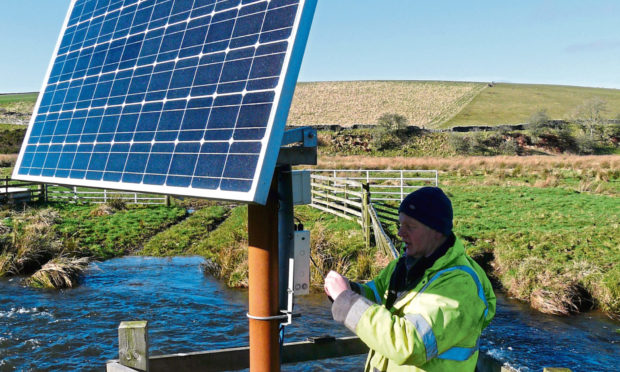Innovative livestock watering systems have been trialled as part of a project to help farmers comply with pollution legislation.
The project, carried out by SAC Consulting in conjunction with environment agency Sepa and farmers, aimed to find practical solutions to the most commonly breached diffuse pollution regulation – the General Binding Rule 19 (GBR19).
SAC Consulting’s environment team leader Rebecca Audsley said GBR19 breaches often arise from stock visiting watercourses to drink.
“As the regulations don’t require watercourses to be fenced off, we’ve been investigating and promoting solutions that take water from natural resources and pump it into well-sited water troughs, drawing livestock away from areas vulnerable to poaching and erosion, such as riverbanks,” she added.
Four systems were tested as part of the project – a pasture pump, two solar pumps and a ram pump.
The pasture pump, which can provide water for up to 15 cattle, works via a vacuum pump which is turned on when cattle force a lever from the bowl while drinking. The project looked at its use for larger herds with three pumps fixed to a concrete plinth.
A ram pump, which draws water from a burn or stream into a tank by harnessing energy from the stream’s flow, was also trialled. Ms Audsley said once installed, the pump has no running costs.
Lastly, two solar-powered systems were trialled.
The first used solar energy to charge a battery to power a pump taking water from the burn to a trough with a switch pump. The second used two larger solar panels to power a pump to bring water to a trough with capacity for three days’ worth of water.
“Which system is best suited to a given farm, or field, very much depends on the livestock, the topography and personal preference,” said Ms Audsley.
“What’s important is that they all help farmers comply with the regulations. By encouraging stock away from watercourses, they reduce the risk of poaching, erosison and diffuse pollution.”
